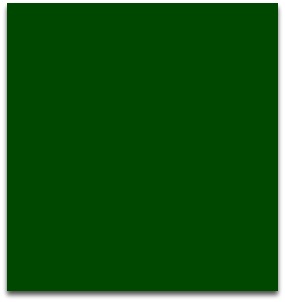
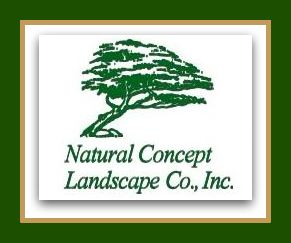
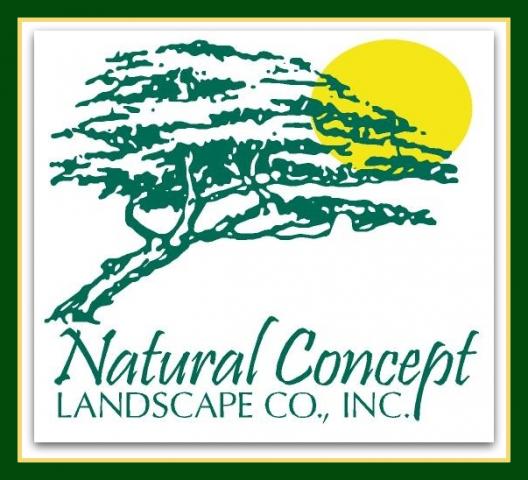





360-668-8530 | www.nclandscape.com

Lawn Care FAQ
Frequently Asked Questions About Lawn Care
(To download a PDF version of Lawn Care FAQ, "Click Here" .)
What Grass Seed Grows Well in Western Washington?
To establish a lawn in western Washington, choose a combination of turftype tall fescue grasses and turftype perennial rye grasses. A mix that adds up to about 90% of these two grass seed types will grow well in either sun or light shade in western Washington. Turftype perennial ryegrass takes full sun and stands up to traffic. Turftype tall fescues are adapted to shadier locations. In combination, the mix works for a lawn in average light conditions. Mixes containing fine-leaved fescues or chewings fescues will also establish well. Fine-leaved fescues offer bright green color, and will take some shade, but do not take heavy use.
Many commonly-grown grass types from other areas of the United States will not thrive in western Washington's cool, dry summer climate. AVOID mixes with high concentrations of Kentucky blue grasses. DO NOT PLANT Zoysia, bermuda, dichondra, centipede, carpetgrass, St. Augustine, or mondograss. Buffalograss isn't suitable for western Washington, though it may thrive in eastern Washington.
How Do I Fertlize the Lawn?
Regular fertilization helps to maintain good lawns. In western Washington, apply N-P-K fertilizers in a 3-1-2 ratio (3 Nitrogen - 1 phosphorous - 2 potassium.) Examples of fertilizers in this ratio would be 21-7-14 or 15-5-10. Sulfur enhances color and helps control some lawn disease problems. Selecting a fertilizer that contains sulfur, or applying the nitrogen two times a year in the form of ammonium sulfate will help your lawn receive sufficient sulfur, at least 2 pounds per 1000 square feet per year.
Apply at the proper times. Washington lawns should receive 4 pounds of nitrogen per 1,000 square feet each year; divide this into 4 separate applications. In western Washington, a suggested schedule is 4 applications: November 15-December 7; April 15; June 15; and September 1. Be sure to include the winter fertilization, November 15-December 7, which helps to maintain lawn health through winter.
Moss in the Lawn?
Mossy lawns in western Washington result from native mosses moving into areas where the lawn isn't growing strongly. Shade, poor drainage conditions, or thin grass areas will encourage moss. Lawns grow best when established in sun, on flat (not steeply sloped) areas, and when properly fertilized and watered. (A slope of about 6 inches in 100 feet is excellent.) Mow the lawn frequently. Good basic lawn care is the best defense against moss.
To rid a lawn of moss, correct the basic growing conditions. If the area is significantly shaded, consider replacing the lawn in that location with a shade-adapted ground cover such as vinca (Vinca minor), pachysandra (Pachysandra terminalis), or ajuga (Ajuga reptans). Lawn grasses can't grow where water stands; correct drainage problems.
Moss infestations can be killed out with chemicals (many of these contain iron). The moss will turn black, and the residue must be raked out of the lawn. Then overseed the bare spots with new grass seeds. If the lawn doesn't fill in, the moss will creep back into the spaces.
Does Lime Kill Moss?
Lime applications DO NOT control moss. The lime can help grasses grow better, which will help to resist moss infestations. If a soil test reveals the pH of the soil to be below 5.5, liming may help the lawn. When putting in a new lawn, add 100 pounds of lime per 1000 square feet, and work it in thoroughly before seeding. With established lawns, lime applications every three years may help, but do not exceed 35 pounds per 1000 square feet because the lime will not work into the lawn properly. These applications won't get rid of moss, but they will help the lawn grow more strongly so it can fight moss.
Can I Put Grass Clippings Back on the Lawn?
Regular and frequent mowing helps to maintain lawns in good health. Research now shows that dragging the clippings off and discarding them isn't necessary. "Grasscycling," which means allowing the clippings to drop back on the lawn and break down naturally, can contribute to lawn health by returning nitrogen from the leaves to the grass roots as the clippings disintegrate. Lawns suffer nutrient deficiencies more often when clippings are removed.
To succeed with "grasscycling," mow frequently. Mow often enough so that the cutting removes no more than 1/3 of the length of the grass blade. If turf has grown so long that mowing will necessarily remove more than 1/3 of the total grass blade, the clippings cannot be dropped back on to the lawn. They won't break down well. Mowing when the grass blades are dry also helps with grasscycling. Mulching mowers, which help with clipping recycling by chopping grass blades into fine bits, are a sensible choice if new mowing equipment is being purchased.
What Makes Thatch?
Thatch is caused by the accumulation of roots and dead grass stolons, and it builds up faster with some grass types than with others. The layer of dead material acts just like the thatch on an old-fashioned roof, and it repels water. If it's more than about 1/2 inches thick, it will keep air, water, and nutrients from reaching the grass roots and turf quality will be poor.
Remove thatch layers when the lawn is growing strongly --usually February through April. The grass must fill in and regrow after the thatching process. Reseeding bare spots may be necessary after thatching.
Leaving grass clippings on the lawn, "grasscycling," is not a cause of thatch build-up.
When and How Often Do I Water the Lawn?
During western Washington's low-rainfall summers, extra watering is necessary to maintain lawns in excellent condition. However, adding water will not compensate for lawns improperly installed with insufficient root development or too little soil under the roots. Lawns require 6 to 8 inches of well-drained soil under the roots for best establishment. Sprinkling poorly-established lawns is a waste of water.
To determine how often the lawn needs water, dig around grass roots. Irrigate when the top 2 inches of soil become dry and crumbly. Water slowly and deeply, wetting the grass down to the deep root level. Frequent light sprinklings cause shallow root growth and will not result in healthy lawns. Overwatering the lawn can reduce oxygen levels to the roots, and will stifle good growth. Further, overwatering encourages some lawn weeds such as buttercups, annual blue grass, and speedwell.
WSU turf specialists suggest that the best time to water is early in the morning, around 4 a.m., which allows the grass blades to dry out thoroughly during the day. This schedule would certainly require a timer on the system for the lawn owner's convenience! Do not irrigate at mid day in the sun; water applied is wasted through evaporation.
Soil type as well as depth will determine how often the lawn needs water. Sandy soils dry out faster than heavier loam or clay soils and will ordinarily require more frequent irrigation. Check the soil around the root level and irrigate when it's dry to 2 inches down.
How Can I Remove Lawn Weeds?
Properly established lawns will fight weeds well, as the grass grows thickly enough to prevent weed seeds from germinating. However, weeds in lawns are inevitable, and can originate with weed seeds sprouting in topsoil as the lawn is first seeded. Proper watering, frequent mowing, and keeping the lawn fertilized will often allow a new lawn to choke out these weed seedlings. Do not use any weed killing (herbicide) products on lawns before they are 2 months old.
If perennial weeds persist despite good lawn care, ther first step ist to get the weed identified. Dandelions, with their brilliant yellow flowers, are easy to spot. Other weeds may be less obvious, and it's suggested that the lawn owner take a look at WSU Extension Bulletin EB0607 "Lawn Weed Control for Homeowners" which contains clear identification of the most common lawn weeds. Identification is vital to establish good management for the weed population.
Washington State University turf specialists do not recommend the use of combination fertilizer/weed killer (herbicide) products, because the application of these products puts herbicides where they are not necessarily required. Spot treatments, with a product registered to treat the particular weed, are more appropriate.
My Grass Looks Clumpy and Coarse.Why?
All lawns will change in texture and color as they age. After a period of 5 years or so, all lawns will contain infestations of wild grasses and weeds, as the lawn goes through a natural succession. Maintaining a pure, perfect stand of only 1 or 2 turf grasses requires constant labor and inputs of pesticides, and is suitable only for areas such as putting greens where the turf contributes to the success of the business it supports. Concentrate on keeping the lawn in good general health and recognizing that some weeds are a natural part of lawn life. "Clumpy" grasses are wild grasses moving in on the lawn.
A lawn which is substantially overtaken by perennial weeds may need to be removed with a non-selective herbicide and replanted properly. However, tolerating some changes in texture and appearance over time is a natural part of living with lawns in western Washington.
Soil Conditions for Planting a New Lawn:
Establishing a new lawn successfully depends more on the preparation of the ground before planting than on whether the lawn choice is seed or sod. Lawn failures are often caused by poor soil conditions under the roots.
Many times soil surface left for planting after new construction is infertile subsoils, with rocks, lumps, and building detritus left in it. The texture may vary from sands and gravels to heavy, poorly drained clay areas. The best soil texture for a lawn is a sandy loam, containing 60%-70% sand and 30%-40% combined silt and clay.
If the soil isn't well-drained, do not try to amend a heavy clay by dumping sand into it. Adding sand doesn't work, nor does adding gypsum. Amend the soil with organic material, which will help in creating better structure. Use compost, manure, aged sawdust, ground bark, or other organic (previously living) materials. Spread 2 inches on top of the ground and work it in thoroughly 6 to 8 inches down. Getting it completely incorporated is important, because spots of organic material in clumps may decompose and cause a low spot in the finished lawn. Rake away clods and remove large rocks and litter.
Seed or Sod for New Lawns?
Seeding a new lawn is economical and works well if done when the weather is right for seed germination. April and May or September and October, up to about October 15, are good months, when there's rainfall available and the soil and air temperatures allow seed germination. Other months of the year are far less successful for seeding lawns. Be sure to use seed adapted to western Washington conditions.
Sod can be laid nearly any time, and provides an attractive "instant" lawn. The choice between seed and sod depends on how quickly it's necessary to get the lawn completed. Give sod the same good soil preparation as seeded lawns, be sure it makes firm contact with a prepared soil bed, and keep it irrigated through spells of low rainfall.
Failure with lawn establishment results most often from improperly prepared soil underneath the lawn, which affects the lawn negatively whether seed or sod is used.
Does My Lawn Have Cranefly?
Western Washington lawns have very few insect pests, but the European cranefly can be a problem. Populations of craneflies vary --some years will show high infestations, while in others far fewer. One area may have high infestations, a nearby area may have few.
Lawn damage from cranefly results as the larval form chews on roots and crowns of grass from underground, damage generally showing up in March, April, or May. Browned, dead spots result. To check for the presence of these larvae, or "leatherjackets," dig up a square foot of turf and flip it over. Count the larvae, which are brownish gray and about 1/2 inch long. If the lawn has less than 30-35 larvae in 1 square foot, no treatment should be necessary. The lawn can outgrow the infestation. Support the turf with water, fertilizer, and good mowing practices.
The larvae result from eggs laid in early fall by the adult cranefly, an insect about 2 inches long resembling a large, loosely-constructed mosquito. The adult cranefly doesn't bite or harm mammals. Throughout the winter, the larval populations are eaten by birds and killed by weather variations, so that waiting until spring to examine lawns for damage is a good practice for gardeners. Let natural conditions work on the population first.
A natural,biological control for cranefly, a living agent called beneficial nematodes, is now widely available. This is sold as "BioSafe," "ScanMask," or "Exhibit." Follow instructions precisely; this biological control isn't harmful to mammals, bees, or other beneficial insects.
Insecticides often sold to treat cranefly infestations are toxic to children, pets and birds. Use these only if the infestation exceeds 3-35 per square foot and the lawn shows damage. Treat only affected lawn area. Try other methods before resorting to chemical insecticides.
Get Rid of These Moles!
Moles, commonly found in western Washington, can irritate gardeners by raising mounds and tunnels of loose soil and damaging lawns. They do not eat bulbs or flowers, but they may disturb ornamental plantings with their digging. They seek worms and other soil dwellers for food.
The only sure way to get rid of moles is to place a scissors trap properly in the run but body-gripping traps are not legal to use in Washington State. There are also several kinds of mole-baits and chemical repellents that can be purchased. The old-style pelletized baits usually do not give satisfactory control but the new "gel-baits" and "worm-mimic" baits may be effective.
Digging moles out or killing them with a shovel when they are actively mounding can be effective but is time-consuming.
Repellent plants, chewing gum, flapping windmills, and other reputed remedies don't work.
What Causes Mushrooms to Come Up in My Yard in the Fall?
Mushrooms are the fruiting bodies of fungi, many of which are involved in the breakdown process of dead and decaying organic matter in the soil. In this sense then, they are beneficial and do not harm your living garden plants.
Another large group of fungi, named "mycorrhizal," are also beneficial; living on the roots of trees and shrubs, helping these higher plants absorb nutrients from the soil. In turn, the woody plants supply carbohydrates to the fungi. These, too, reproduce annually and their fruiting bodies, in the form of mushrooms, often pop up during the moister and cooler periods of the year.
Some species of fungi attack the roots of woody plants and eventually kill them. However, these pathogenic species are in the minority. One fairly common one is called Armillaria, or honey fungus; its honey-colored mushrooms appear at the base of infected plants. This disease fungus normally only kills plants that are under stress from other causes - often it's poor drainage, or overwatering that does it.
There are no chemical controls to deal with mushrooms coming up in your yard. Rake them up and destroy them before they have a chance to develop reproductive spores. Dethatching lawns sometimes will eliminate, or at least reduce, mushrooms in lawns since that removes their food source.
Mushrooms in the Lawn?
Rings or clumps of mushrooms poking through lawns are common problems in western Washington. They result from fungal presence underground; the mushroom is the "fruit" of the fungus infestation.
Get rid of mushrooms by raking them off the grass. Support the lawn with proper fertilization and watering when needed. No chemicals are registered for dealing with lawn mushrooms, thus no chemical treatments can be done.
It's also possible to drench the affected area with detergent and water, in early spring. Poke holes about 6 inches deep, about a foot apart, through the surface, and drench the area daily for a month. Use 1 to 2 quarts of water per square foot, with 1 to 2 tablespoons of liquid detergent per 3 gallons of water.
My Lawn Has Red Thread. How do I Get Rid of It?
This fungal disease occurs in cool, moist regions and is particularly common in western Washington. The disease develops rapidly during periods of high moisture and cool temperatures; fall through spring. Fescue and perennial rye grasses are most commonly affected, as can other grass types. Symptoms will be water-soaked, darkened irregular patches from 2 - 24 inches in diameter. They gradually become bleached or tan-colored. When the disease is advanced, the fungus produces light pink or red strands of mycellium (fruiting bodies) from the tips of the leaves.
Problems with red thread can be reduced by maintaining proper fertility. Follow a regular lawn fertilization program using a fertilizer with a nitrogen-phosphorous-potassium ratio of 3-1-2. Late fall applications of fertilizer are particularly important. In summer, keep the turf adequately watered. Current research indicates that fertilizers with sulfur, such as ammonium sulfate, can also help reduce lawn disease problems.
Red thread disease is primarily cosmetic and rarely kills turf grasses. It can be effectively controlled by good lawn-care practices. Be certain to fertilize, mow properly, and water in summer. No chemical controls for homeowner use are registered or available
Horsetails Have Invaded My Lawn. What Will Get Rid of Them Without Hurting My Lawn?
Horsetail control is difficult. The best management for it in lawn is constant mowing that keeps the plants down. This does leave the problem of the altered texture in the lawn where the horsetails come up, but short mowing will reduce that. In theory, if the plants are constantly mowed, they weaken. They are, however, long-lived and persistent no matter what measures are taken. There are no chemicals registered to control these weeds in a lawn. Keeping the lawn well fertilized and watered will help the turf grow strongly and may serve to deny light to the horsetails. Be sure to mow down the early season "fruiting bodies," spikes of prominent light-tan color that appear in late winter before the familiar fronds of green horsetail foliage.
My Lawn on a Steep Bank is Dead. What is the Best Way to Handle It?
In late summer, many lawns that appear dead are simply dormant. Many will green up again with the arrival of fall rains.
However, maintaining a lawn on a steep slope is a constant difficulty. Many homes in the hillier sections of Seattle and in many maritime Northwest suburban areas have lawns installed on slopes.Watering is difficult and mowing is a challenge. Lawns do best when placed on sunny, well-drained, level spots.
One suggestion is terracing the bank and planting drought tolerant plants, such as various smaller juniper cultivars (check nurseries for evergreens that are drought tolerant.) Making this change takes time and work initially but will save trouble as the years go by, and it will enhance the landscape.
Other areas unsuitable for turf can be parking strips, very shady spots under trees (moss heaven), in the shadow of buildings. Also unsuitable are poorly-drained sites which stay soggy nearly year round, and areas of heavy traffic that compacts the soil. Turf that is constantly walked on will wear down faster than it can grow back. Choose another landscaping solution rather than enduring the frustration of re-planting grass where it cannot thrive.
No landscapes are entirely maintenance-free. If you install plants, even drought tolerant ones will require summer care, including water for the first two or three seasons. However, it's vital to reduce the waste of struggling with constantly failing turf put into unsuitable spots.
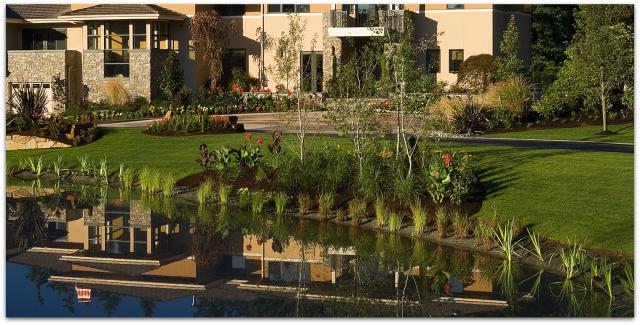
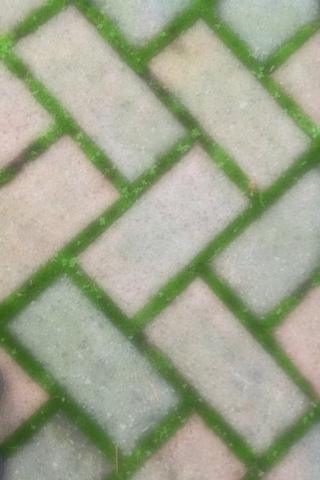
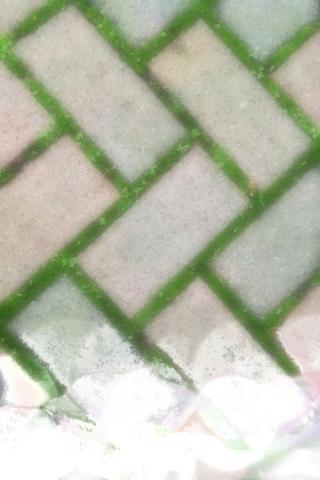




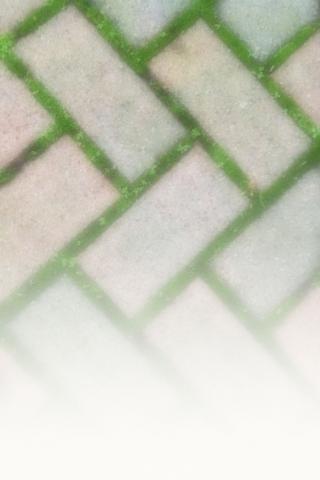
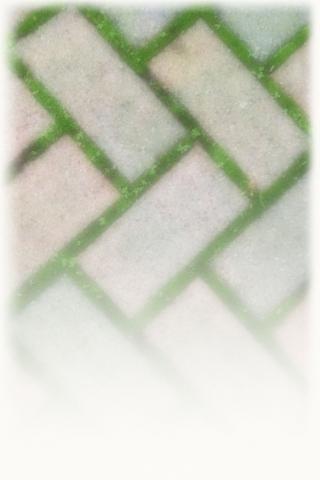




Bringing Nature to YOUR Backdoor










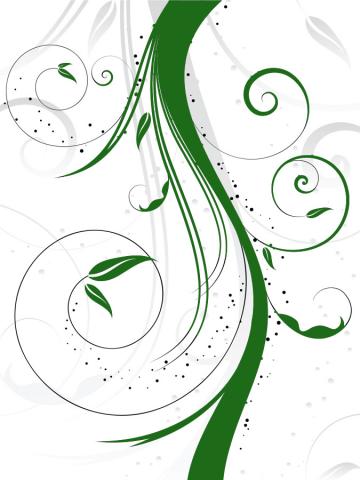




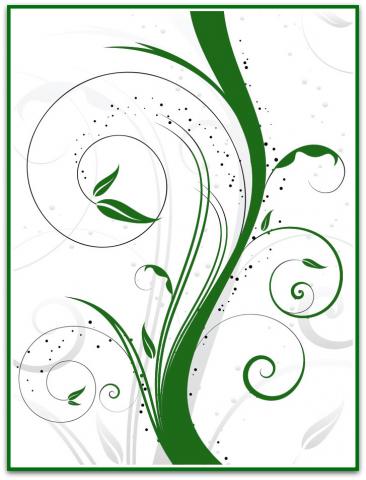







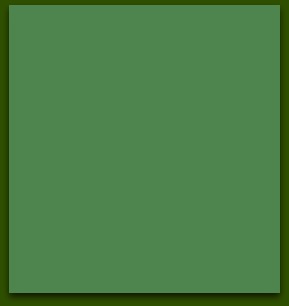
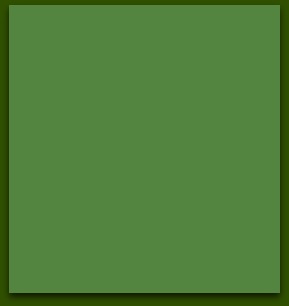
The Pacific Northwest's Premier Landscape Company
is located at:
20318-C State Route 9 SE
Snohomish WA 98296
